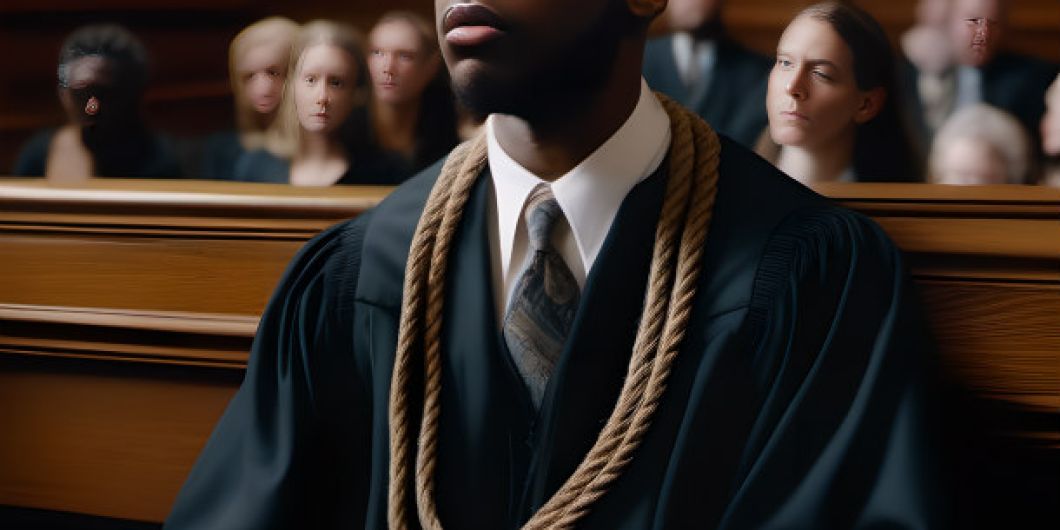- in Relationships by Tony
Mental Health in Literature 5

To Kill a Mockingbird, a 1960 novel by Harper Lee, is an iconic masterpiece set in the 1930s Deep South that confronts American society's deep-seated prejudices and injustices. Positioned in the racially divided town of Maycomb, Alabama, during the Great Depression, the story follows Scout Finch, a young girl coming of age in a world filled with racial tension and injustice.
More...
Whose father, Atticus Finch, defends an African-American accused of raping a white woman. Through the lens of Scout's innocent perspective, we witness the deeply ingrained racism and the unfair treatment African Americans faced during that time.
The novel highlights the unjust treatment of a person of colour individuals experienced within the legal system, the ingrained biases held by many white people, and the consequences of these attitudes on the lives of marginalized communities.
It sheds light on the destructive impact of racism and the importance of challenging societal norms to fight for justice and equality.
In the current period, characterized by nuanced intersectionalism, To Kill a Mockingbird remains relevant as it addresses racial injustice from a historical perspective.

One prominent example is the character of Bob Ewell, who embodies pure malevolence and represents the dark side of humanity.
Ewell, fuelled by hatred and racism, falsely accuses Tom Robinson, an African-American man, of rape. He intentionally seeks to destroy an innocent man's life simply because of his prejudices.
The townspeople unquestioningly support and believe Ewell's accusations, despite the lack of evidence against Tom Robinson.
Furthermore, the character of Mayella Ewell, Bob Ewell's daughter, participates in the false accusation against Tom Robinson.
While her actions are influenced by fear and coercion from her father, her willingness to harm another person to protect herself and her family reflects the dark side of human nature.
The novel also sheds light on societal expectations and gender roles. Scout defies traditional gender norms by rejecting femininity and embracing her tomboyish nature. Her refusal to conform challenges prevailing notions about being a girl in Southern society during that period.
When analysing the novel through an intersectional lens, it becomes evident that issues of race, gender, class, and power dynamics are interwoven. To Kill a Mockingbird remains an extraordinary work that resonates with readers across generations. Harper Lee's searing portrayal of racism, empathy, and loss of innocence forces us to confront uncomfortable truths about our own society.
Scout's journey reminds us of the power of empathy and the importance of standing up for what is right. It continues to be a timeless masterwork that inspires us to strive for justice and equality in an often unjust world.

The second theme will focus on a thought-provoking 2016 science fiction film directed by Morten Tyldum; it takes viewers on a mind-bending journey that delves into the complexities of the relationship undermined by trust issues between Chris Pratt and Jennifer Lawrence.
The film Passengers tells the story of Jim and Aurora Lane, two passengers on a spaceship of 5,000 going to another planet and then waking up from hibernation 90 years too early. A romance blossoms between them as they navigate their isolated existence on the ship.
As the only two conscious passengers for most of the film, their isolation and lack of human connection affect their mental well-being. It highlights the importance of social interaction and companionship for one's mental health.
However, it is later revealed that Jim decided to wake Aurora without her consent, virtually trapping her on the ship with him. This revelation creates a toxic dynamic between the two characters, as Aurora struggles with betrayal and feelings of injustice or representation.
This dynamic explores the ethical dilemmas of relationships and what is a clear-cut case of an intimacy-seeking stalker and sexual manipulation in this case. The film delves into the complexities of this toxic relationship and how it affects both characters emotionally and psychologically. After all, Aurora survival instinct is at the heart of the Stockholm syndrome.
For those not familiar with the Stockholm syndrome, it was first coined in 1973 after a bank robbery in Stockholm, Sweden. The term refers to the psychological response in which hostages emotionally bond with their captors.
It is a captivating and often misunderstood aspect of human behaviour, delving into the depths of our psyche and challenging our understanding of the human mind.
Passengers offer an intriguing exploration of the psychological effects of prolonged solitude. It raises issues experienced by astronauts and cosmonauts today who spend long durations on space stations. Some experience prolonged depression, social withdrawal, insomnia, fatigue and anxiety.
It questions our fragility when faced with extreme isolation and highlights the importance of social connection for maintaining mental well-being. Through Jim's nature and behaviour, the film reminds us of our innate need for human contact and companionship, evident during the previous COVID-19 lockdown, not to mention cabin fever.
In addition to its examination of isolation-induced mental health challenges, the storyline touches upon issues of guilt, forgiveness, and redemption. As Jim's concerns come to light, and he forms a relationship with Aurora Lane, he must confront his past decisions and seek emotional healing.
In conclusion, overall, "Passengers" raises profound questions about loneliness, morality, guilt, and the pursuit of happiness. As the characters navigate their unexpected circumstances and form a unique connection, the audience ponders their choices in a similar situation.
With its thought-provoking narrative and emotional depth, "Passengers" adds another layer to the ongoing discourse surrounding mental health representation in cinema.